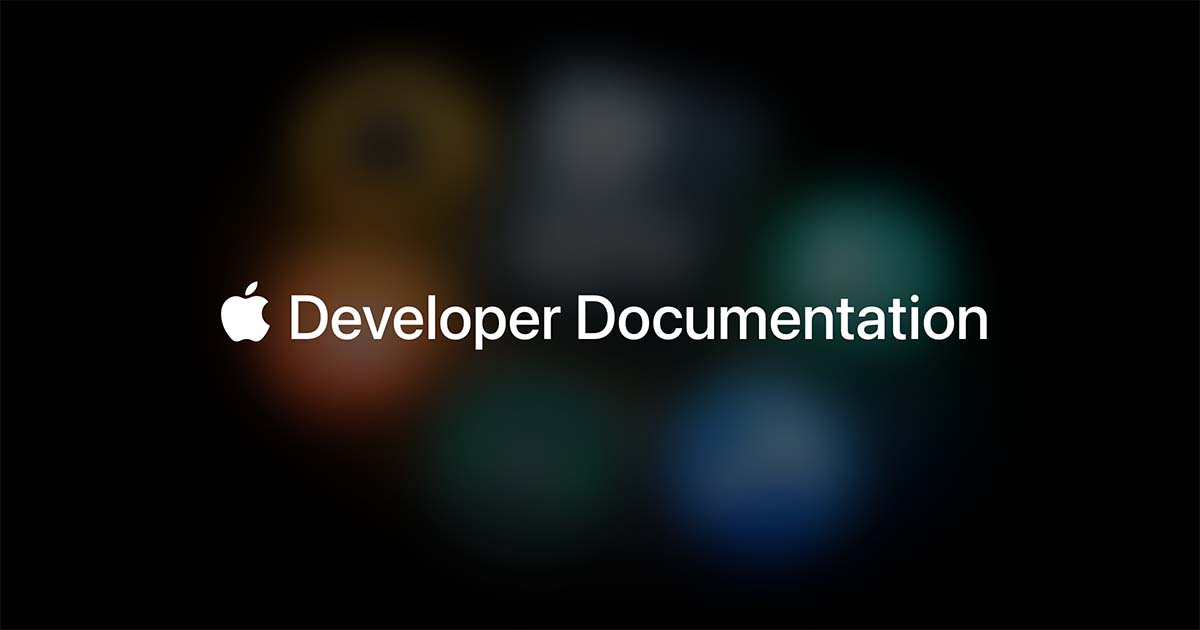I just replaced my audio interface (with a MOTU 828es) and have run into a couple of serious issues with Steinberg software!
1. There’s no audio input in Cubase Pro.
I can’t get CB to accept any audio input. (Outputting audio works properly). Let’s go thorough the signal chain…
a) The physical meters and the interfaces software clearly show that it’s working properely:
b) The routing is also correct and actve (shown by the small blue dot)
So far, so good. It appears that the 828es works correctly. Also, WaveLab Pro recieves the audio input correctly
c) Next comes the macOS “Audio/MIDI Setup”. All the “faders” are set to zero, and can’t be changd. However, I doubt that this is the cause, since audio input works in WaveLab Pro.

So what about the Cubase settings?
d) The “Studio Set-up” shows that the streams from the 828es are recognised and active.
e) The “Audio Connections” dialog clearly shows that the inputs are correctly set-up. “High-Z 1” is the name I’ve given to one of the frontpanel inputs on the 828es. It works perfectly in WaveLab Pro.
f) The last screen-grab shows that there is no audio input to the track, despite it being connected to the correct input. Neither is there any indication of incomming audoi in the Transport Bar!
Why is there no audio input in Cubase Pro? What am I missing? It must be something that affects all audio inputs simultaneously!
2. No audio output or MIDI input in the stand-alone versions of the Steinberg instruments!
MIDI input and Audio output has dies on all the stand-alone versions of the Steinberg instruments (HALion 6, HALion Sonic, The Grand and Groove Agent). They don’t accept any MIDI input and don’t output any audio (yes, the outputs are set up correctly in the preferenses). I can’t even play them with the on-screen keyboards/pads.
I can’t see how the 828es can inflence MIDI input (I don’t use the 828es’ MIDI interface), but, nevertheless, the issue appeared after I installed the 828es. Also no instruments from other vendors are affected, only the Steinberg instruments.



